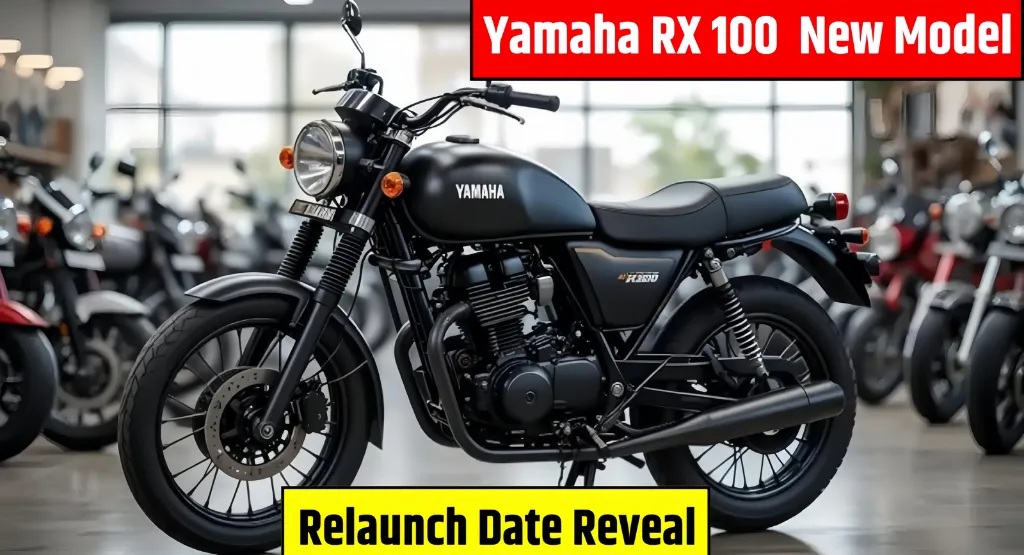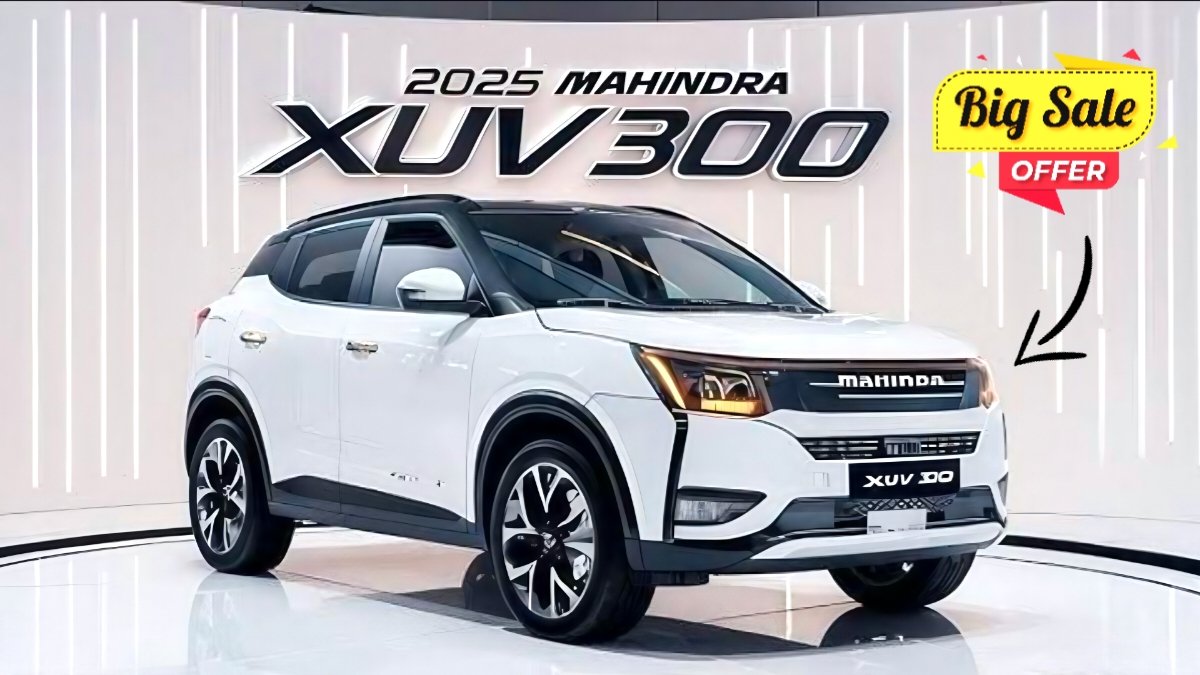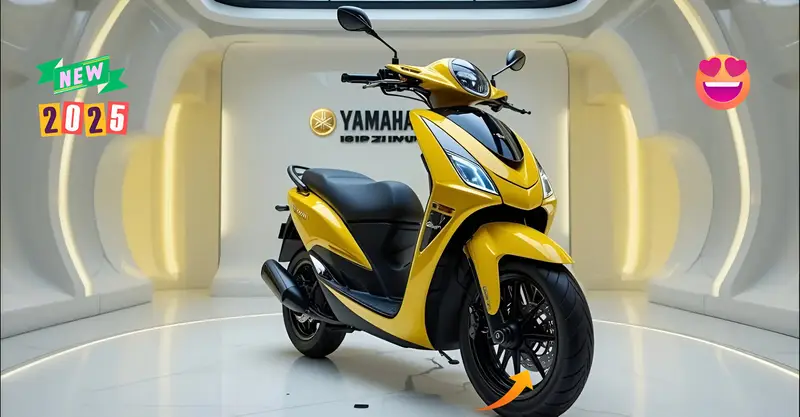Yamaha RX100 A Perfect Blend of Classic Styling, Mileage, Speed and Affordability
The Yamaha RX100 is not just a motorcycle; it’s an emotion for many bike lovers in India. Introduced in the 1980s, this two-wheeler earned a cult status for its iconic design, powerful performance, and great fuel efficiency. Even today, many biking enthusiasts look back at the RX100 with love and nostalgia. With the new updates and rumours of a modern comeback, this classic bike continues to create excitement.
Let’s take a closer look at what made the RX100 a legend and why it still holds a special place in the hearts of Indian riders.
Better Latest Content: Yamaha RX100 Overview
| Feature | Specification |
|---|---|
| Engine Type | 98cc, 2-stroke, air-cooled |
| Power Output | 11 HP @ 7500 RPM |
| Transmission | 4-speed manual |
| Top Speed | Around 100 km/h |
| Mileage | 35-45 kmpl (real-world) |
| Kerb Weight | 103 kg |
| Fuel Tank Capacity | 10.5 litres |
| Price (Expected Return) | ₹1,20,000 – ₹1,40,000 (If relaunched) |
| Production Years | 1985 – 1996 |
| Status | Discontinued, but popular in resale |
Design & Style
The RX100 is known for its minimalistic yet timeless design. It carries a retro charm that modern bikes can’t easily match. The round headlamp, slim fuel tank, flat seat, and chrome-finished parts give it an old-school appeal. Yamaha used quality metal and strong paintwork that kept it looking fresh even after years of use. The bike’s compact body and lightweight build make it extremely easy to handle in city traffic.
For many, the RX100’s design isn’t just about looks – it’s about identity. The exhaust note, also known as the “RX roar,” is something riders can recognize from a distance. It’s pure nostalgia on two wheels.
Engine & Performance
The Yamaha RX100 came with a 98cc 2-stroke engine that delivered an impressive 11 horsepower – which was huge for its segment back in the day. Thanks to its light weight and punchy motor, it could easily touch 100 kmph and outpace many larger bikes of its time.
Its 4-speed gearbox was smooth and easy to use, especially for new riders. The quick acceleration and zippy performance made it a fun ride for both city commutes and weekend joyrides. Even today, very few bikes in its category can match the thrill the RX100 offered.
Ride & Handling
One of the biggest strengths of the RX100 was its handling. The lightweight chassis, telescopic front forks, and twin shock absorbers at the rear provided a balanced and smooth ride. It could easily weave through narrow lanes and tight corners without any effort.
Its upright riding position made it comfortable even for longer rides. Whether on bumpy roads or sharp turns, the RX100 felt stable and predictable. It was truly built for Indian roads.
Features & Tech
Being a product of the 1980s, the RX100 was a no-nonsense bike. It didn’t come with digital meters, ABS, or fuel injection systems. What it had instead was mechanical reliability and simplicity.
Basic features included:
-
Analog speedometer and odometer
-
Halogen headlamp
-
Kick start (no self-start)
-
Drum brakes on both ends
-
Simple switchgear
In today’s world of tech-loaded motorcycles, the RX100 feels barebones, but that’s exactly what made it easy to repair and modify.
Mileage & Fuel Efficiency
For a 2-stroke engine, the RX100 delivered impressive mileage figures. Riders usually got between 35 to 45 kmpl in normal city use, which was quite good considering the performance it offered.
With a 10.5-litre fuel tank, it had a decent range for daily commutes. Even though 4-stroke engines are more fuel-efficient, the RX100 was surprisingly economical and didn’t burn a hole in the pocket.
Price & Variants
Back in the day, the RX100 was priced around ₹19,000 to ₹25,000 depending on the city. Today, well-maintained RX100s in the resale market are going for ₹80,000 to ₹1.5 lakh, and sometimes even more. This proves how high the demand is even after all these years.
If Yamaha brings back the RX100 with modern updates and a 4-stroke engine, it is expected to be priced between ₹1.2 lakh to ₹1.4 lakh. It might also get disc brakes, self-start, and emission-friendly features to suit today’s norms.
FAQs
Q1. Is Yamaha RX100 coming back?
Ans: Yamaha has hinted at bringing back the RX100 in a modern avatar, possibly with a 4-stroke engine and new features, but the official launch date is not confirmed yet.
Q2. What makes the RX100 so popular even today?
Ans: The RX100’s lightweight design, powerful engine, easy handling, and iconic sound make it a favourite among biking enthusiasts.
Q3. Can I still buy a Yamaha RX100?
Ans: Since it’s discontinued, you can only buy pre-owned models from the resale market. Prices vary depending on the condition.
Q4. What is the mileage of RX100?
Ans: In real-world usage, the RX100 gives around 35 to 45 kmpl, which is great for a 2-stroke bike.
Q5. Is RX100 good for daily use?
Ans: Yes, it’s lightweight, fuel-efficient, and easy to maintain, making it suitable for daily commuting, especially in city areas.
Final Verdict
The Yamaha RX100 is a legendary bike that gave Indian riders a perfect combination of speed, style, and affordability. While it may not have the modern features of today’s motorcycles, it offers something that no other bike does – soul. It’s a symbol of simplicity, performance, and timeless design.
If Yamaha reintroduces the RX100 in a new format, keeping its original character alive, it could easily dominate the entry-level segment once again. Until then, the old RX100s continue to roar proudly on Indian roads, reminding us of an era where biking was pure joy.



